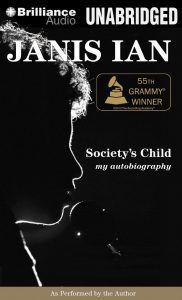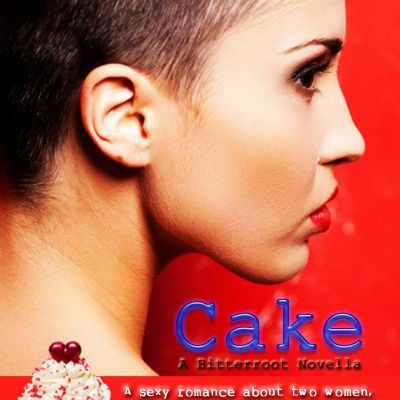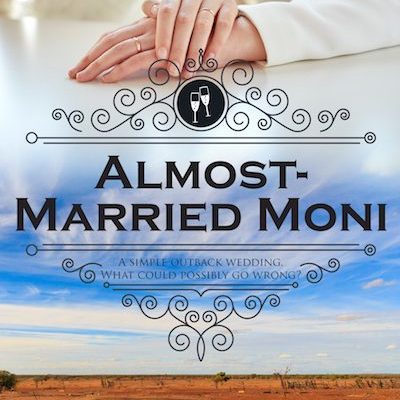 Coco Fusco tackles women in the military, Janis Ian gets real about the music industry and our book reviews editor names a few of her fiction picks.
Coco Fusco tackles women in the military, Janis Ian gets real about the music industry and our book reviews editor names a few of her fiction picks.
Society’s Child: My Autobiography, Janis Ian (Tarcher/Penguin):
To get an idea of how great a singer-songwriter Janis Ian is, one has to look no further than YouTube, where anyone can watch a video of a very young Ian performing “At Seventeen.” Now in her late 50s, Ian was inspired by the music of Odetta as a child and decided to become a singer. By age 15, she was already a star, launched into fame in the 1960s after writing the anti-racist ballad “Society’s Child.” Although the turbulent politics of the time meant she was just as often heckled as applauded, nevertheless, the song, about an interracial love affair, soon led to other hits like “Jesse” and “At Seventeen,” which became the mantra for anyone who stood outside the “in the crowd.”
In this autobiography, Ian recounts her rise to fame, her often volatile relationships with both men and women, her involvement with the St. Marks Baths, her roller-coaster ride with finances (including having the IRS seize all her assets), her bout with cancer, her scholarship foundation and her same-sex marriage ceremony to partner Patricia Snyder at Toronto’s City Hall, which earned her notoriety as the first out a celebrity to wed there.
And throughout, she gives us an intimate look at the ever-changing music business, complete with unscrupulous managers, two-timing band members and a great cast of characters who would feel at home in any novel. Readers most likely to pick up this book are already Ian fans, but one certainly does not have to be a fan to appreciate her story. Indeed, any reader will quickly note from the book’s first pages that Ian’s life has been well-lived and that music like hers can bring about joy and monumental social change.
A Field Guide for Female Interrogators, Coco Fusco (Seven Stories Press):
What does it really mean for feminism that women are soldiers in places like Iraq? Does it lead to behaviors in women—such as torturing and humiliating others—that many of us would feel are just as unseemly as when practiced by men? Is this equality?
These are some of the questions that interdisciplinary artist Coco Fusco asks in her new book, A Field Guide for Female Interrogators. Fusco, an associate professor in the Visual Arts division at Columbia University and the author of several books, including The Bodies That Were Not Ours: And Other Writings, is also a filmmaker and performance artist, and was recently featured in the 2008 Whitney Biennial in New York City.
In 2005, Fusco and several friends took a course that was led by former U.S. military interrogators and was specifically designed for civilians who wanted to learn military techniques for extracting information from prisoners. The women were then ambushed, captured, strip-searched, separated, made to wear black hoods and subjected to several rounds of interrogation. Several women broke down in tears and all found themselves very disturbed by the process. Afterwards, the participants were instructed on how to perform interrogations themselves. Fusco filmed the entire experience and some stills are available at cocofusco.com.
This course inspired Fusco to wonder how female interrogators use their sexuality to humiliate male prisoners. In this book, she provides a series of steps that women (especially white women) could be called upon to use to break down men (especially Muslim men) as occurred in the infamous Abu Ghraib prison. Most of these methods involve physical contact designed to shame the men, leading us to ask under what circumstances women could or would perpetuate violence using their sexuality as a weapon.
In one of the book’s essays, “Torture: The Feminine Touch,” Fusco notes, “The more access American women have to the exercise of political power and the use of deadly force in war, the more apparent it becomes that we aren’t using it very differently from men.” She chastises the feminist movement for not speaking up more on the issue of military women who torture and suggests that participatory female soldiers are fully part of a culture that embraces sexual and cultural stereotypes, even while it empowers women to behave as badly as men. So, is this equality? No, says Fusco, who writes that “every justification I find for these actions seems cynical, inhuman and profoundly unjust.” While she may not have a solution to the issues she raises, this book will surely get us to think about female soldiers, and the practices of war, in a new and disturbing way.
Passing for Black, Linda Villarosa :
Respected journalist Linda Villarosa (below) enters the contemporary adult fiction market with Passing for Black. A former editor at Essence magazine and the author of several women’s health and parenting books and books for teen girls, Villarosa knows personally and professionally about the pressures from outside and within the African American community.
For this novel, Villarosa has turned away from more serious fare and created a breezy page-turner focusing on the coming out of Angela Wright and the relationships she has with both her stodgy academic fiancé Keith and her fiery new girlfriend Cait. To keep things interesting, Villarosa throws a little bit of everything into her fictional pot, including radical lesbian feminists, young black urban professionals, African American beauty parlour culture, transgender politics, queer sex conferences, sperm banks, magazine publishing, multiracial relationships and black identity.
It’s a dizzying array of topics, and Villarosa is never able to delve below the surface of any of them. While this makes for enjoyable and easy reading, similar to the work of E. Lynn Harris, this novel is not necessarily the right place to explore serious topics like selecting a sperm donor, deciding to co-parent a baby with a new partner or breaking off an engagement for a same-sex fling. Still, the book would make a great screenplay, and Villarosa tries hard to straddle the African American and lesbian markets by throwing these two communities together and making them get along, often with hilarious results. (lindavillarosa.com)
The Stone Gods, Jeanette Winterson (Harcourt):
Rumour has it that Jeanette Winterson, the author of many fine novels including The Passion and Sexing the Cherry, doesn’t even like science fiction. She certainly isn’t known for it the way other dyke novelists, like Nicola Griffith, are. Yet The Stone Gods—a post-apocalyptic cautionary tale hinting at the inability of human beings to halt the destruction of their planet—is just that. A female character named Billie Crusoe is placed in the distant past (when space settlers first discover Earth, after damaging their own planet, Orbus, which is ruled by the “central Power,” and everyone is genetically “fixed” at an age of their own choosing), in the 1770s on Easter Island (where Billie morphs into Billy, a gay male character), and in the future (post-World War III), where even with the power of artificial intelligence, humans are doomed to repeat their failures, start wars and turn to totalitarian, mind-controlling governments. If all this seems grim, consider it lucky that Winterson is also the source of such gloomy satire, for as always, her prose is apt to delight. This is especially true in the dialogue sections between Billie and Spike, female robot-sapiens capable of developing both rational thought and human emotions. In the first chapter, Billie is an outlaw tech, charged with taking Spike to explore the “Blue Planet.” The two begin a tentative love affair when Spike announces that “gender is a human concept” and leans in to kiss her.
In one scene set in the future, a free society has set itself up on the outskirts of the approved territory. It’s a Wild West kind of place complete with a black-market currency, a rowdy bar and a radioactive forest full of deformed humans. When Billie impulsively takes Spike (who has become, literally, just a talking head) into this territory, Spike is stolen by a group of young lesbians. Eventually, Billie finds Spike, set between a woman’s legs, pleasuring the woman with her electric tongue. When Billie scolds Spike, the robot announces that this has “enriched my circuitry.” Billie thinks, “Great. The robot that was designed to become the world-sage has had oral sex with a teenager named Nebraska and become a drop-out free-love silicon guru.” The same-sex-attraction slant of The Stone Gods will please LGBT readers, but it is not the main purpose of the story. Instead, love is framed as salvation, wherever it appears, and as possibly the only antidote for human societies keen on plunder, war and self-destruction.
As Winterson writes, shortly before the novel comes to its conclusion, “A quantum universe—neither random nor determined. A universe of potentialities, waiting for an intervention to affect the outcome. Love is an intervention. Why do we not choose it?”






